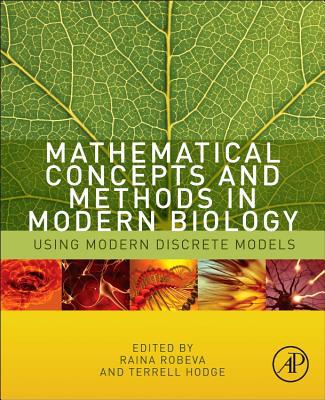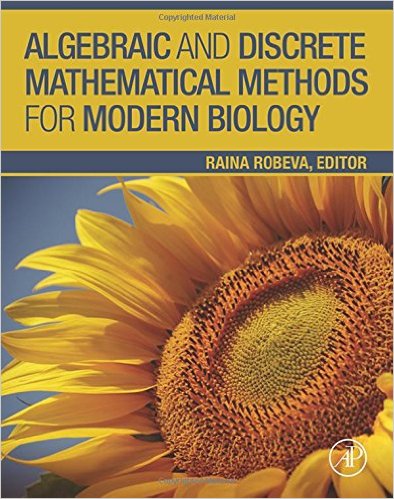Math 4500, Spring 2022
Math 4500, Spring 2022


"Mathematics is biology's next microscope, only better; Biology is
mathematics' next physics, only better." --Joel E. Cohen
"All models are wrong, but some are useful." --George E. P. Box
About the class
This class will be an introduction to mathematical modeling with a
particular focus on mathematical biology. We will sample from a
variety of problems and modeling techniques throughout the
class. Unlike most undergraduate math classes, the scope of this class
will be more about breadth than depth.
The course will be roughly divided into thirds: The first third will
cover continuous models such as differential equations and
difference equations, covering topics such as logistic, predator-prey,
and infectious disease modeling. The second third will
cover discrete models such as cellular automata, agent-based
models, and Boolean models of gene networks. The last third will
cover stochastic models, such as phylogentics, RNA folding, and
hidden Markov models in genomics.
Resources
Software
- NetLogo, a multi-agent programmable modeling
environment.
- Macaulay2: online software for computational algebraic geometry and commutative algebra. Can be downloaded or run online.
- AlgoRun: A Docker-based container template for computational algorithms. Includes Cyclone, for simulating algebraic models.
- GINsim (Gene Interaction Network simulation), a computer tool for modeling and simulation of Boolean and logical networks.
- Conway's Game of Life applet.
Code
Homework
- HW 1: pdf |
tex. Topic:
Differential equation models. Due Thursday,
January 27.
- HW 2: pdf |
tex. Topic: Difference equations, the logistic
map, population models and linearization. Due Tuesday, February
1.
- HW 3: pdf |
tex. Topic:
Models of structured populations. Due Thursday, February 10.
- HW 4: pdf |
tex. Topic:
Models of interacting populations. Due
Friday, February 18.
- HW 5: pdf |
tex. Topic: Infectious disease modeling. Due Friday February 25.
- HW 6: pdf |
tex. Topic: Biochemical reaction networks. Due Friday, March 4.
- HW 7: pdf |
tex. Topic: Cellular automata and agent-based models. Due Friday, March 11.
- HW 8: pdf |
tex. Topic: Boolean models of molecular networks. Due Friday, April 1.
- HW 9: pdf |
tex. Topic: Reducing Boolean models, hidden Markov models. Due Friday, April 22.
Lecture notes
Part I. Differential and difference equations
- Introduction to modeling. 3 pages
(handwritten). Updated Jan 23, 2022.
-
Difference equations. 12 pages. Updated Jan 20, 2022.
- Analyzing nonlinear models.
4 pages (handwritten). Updated Jan 22, 2013. (will replace soon)
- Models of structured populations. 8 pages. Updated
Jan 21, 2015.
- Predator-prey models. 11 pages. Updated Jan 28,
2015.
- Infectious disease modeling. 12 pages. Updated Feb
9, 2015.
- Modeling biochemical reactions. 12 pages. Updated
Mar 24, 2022.
Part II. Discrete and agent-based models
- Cellular automata and agent-based models. 18 pages. Updated February 11, 2015.
-
The lac operon in E. coli. 13 pages. Updated March 1, 2022.
- Delay differential equation models of the lac operon. 24 pages. Updated Mar 24, 2022.
- Basics of Boolean modeling. 18 pages. Updated Mar 15, 2022.
- Boolean models of the lac operon. 18 pages. Updated Mar 15, 2022.
- Bistability, degradation, and time delays in Boolean models. 23 pages. Updated Mar 30, 2022.
- Reduction of Boolean network models. 19 pages. Updated Apr 12, 2022.
Part III. Stochastic models: genetics, nucleic acids and
phylogenetics
- CpG islands and hidden Markov models. 12 pages. Updated October 28, 2016.
- Hidden Markov models and dynamic programming. 12 pages. Updated April 19, 2017.
- Combinatorial approaches to RNA folding. 16 pages. Updated April 15, 2016.
- RNA folding via energy minimization. 15 pages. Updated April 15, 2016.
- RNA folding via formal language theory. 14 pages. Updated April 15, 2016.

